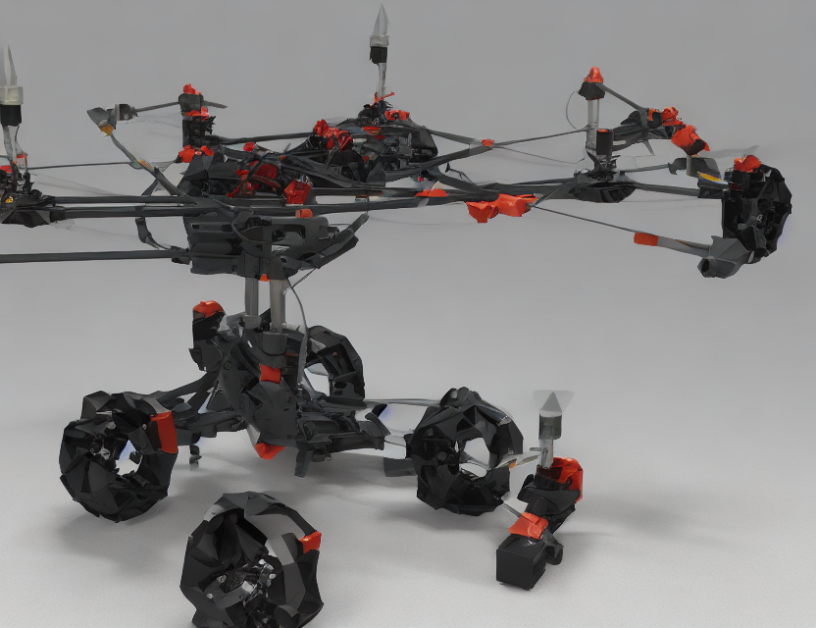Imagine you’re on a mission to explore a vast, unfamiliar environment like a warehouse or an office building. You want to get there quickly and efficiently, but there are obstacles in the way, like walls and furniture, that you need to avoid. That’s where Autonomous Unmanned Aerial Vehicles (UAVs) come in – they can help you navigate through complex spaces while avoiding collisions. But how do these UAVs make decisions about where to go? That’s what this article will explain.
Safe Space Region
The first step in navigating a complex environment is to identify a safe space region, where the UAV can fly without hitting any obstacles. The authors use a multi-polygon representation of the environment, which helps them define the safe space region more accurately. Think of it like a virtual fence that surrounds the UAV and keeps it away from potential collisions.
Observability
Once the safe space region is defined, the UAV needs to observe its surroundings to identify the nearest goal. The authors use a visibility graph to represent the environment, which shows which obstacles are visible from different locations. Imagine you’re in a dark room and can only see objects that are within a certain distance – that’s what this visibility graph represents. By examining the visibility graph, the UAV can determine the nearest goal and navigate towards it.
Path Planning
Now that the UAV has identified its nearest goal, it needs to plan a path to reach it. The authors use a divide-and-conquer approach to break down the problem into smaller sections, which makes it easier to solve. Think of it like solving a puzzle – by breaking it down into smaller pieces, you can find the solution more easily.
Processing Time
But how does the UAV determine which path to take? That’s where processing time comes in – the authors use a priority-based approach to determine the shortest path based on factors like distance and obstacles. Imagine you have a list of tasks to complete, but some are more important than others – that’s what this priority-based approach represents. By prioritizing the tasks, the UAV can find the shortest path to its goal.
Conclusion
In conclusion, Autonomous Unmanned Aerial Vehicles (UAVs) use a combination of safe space region definition, observability, path planning, and processing time to navigate through complex environments efficiently. By breaking down the problem into smaller sections and using a priority-based approach, these UAVs can avoid collisions and find the shortest path to their goal. These techniques have important implications for fields like robotics and autonomous systems, where efficient navigation is crucial for success.



